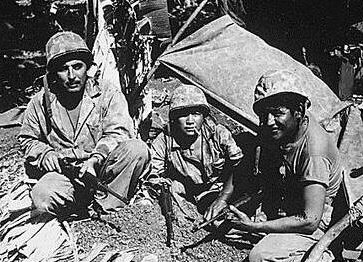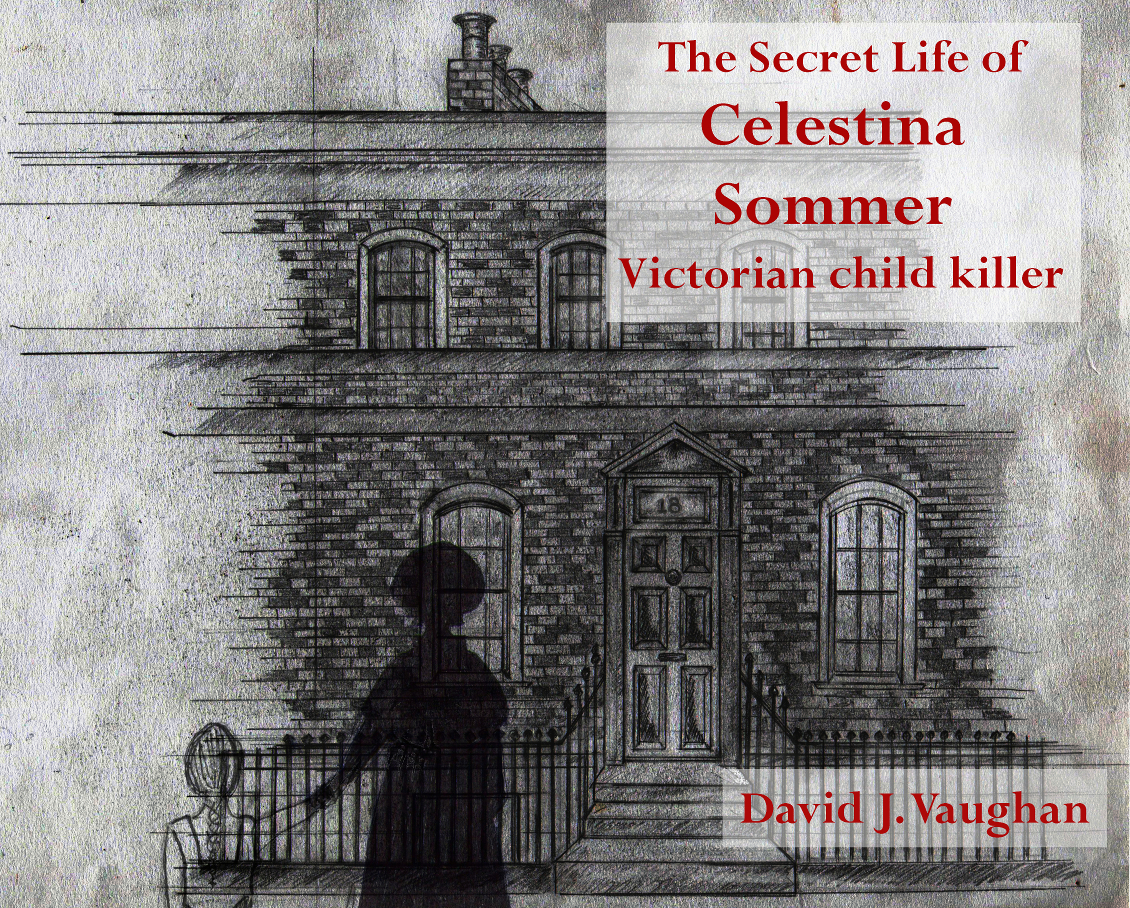When looking back at the history of the media’s role in the American Presidency, it is easy to see many comparisons to today. President Donald Trump’s dilemma with the media is not much different than that two of his predecessors faced, John Adams and Andrew Jackson. Both men lived in a time that saw vicious attacks on their character by the media. President Adams was seen as a monarchist despite the role he played in America’s independence. President Jackson was referred to as “King Andrew I” because he utilized the full power of the presidency, something that his predecessors had failed to do.
In a three-part series, this work will look at how the media played a role in characterizing both Adams (as vice president during his first term and as president) and Jackson (as president) while also looking at how both men battled against their relentless attacks.
In part 2, Ian Craig looks at what happened during John Adams’ presidency from 1797 to 1801, including the Alien and Sedition Acts and his interaction with France during the French Revolution.
If you missed it, part 1 on John Adams’ and the media when he was Vice President is here.
A British political cartoon of Franco-American relations after the XYZ Affair in 1798. 5 Frenchmen plunder female "America", while six figures representing other European countries look on. The British John Bull sits laughing on "Shakespeare's Cliff."
The President by Three Votes
On March 4, 1797 John Adams became president promising to “preserve, protect, and defend the Constitution of the United States.” As the nation’s second president, Adams would find himself having to protect the young nation from foreign influences while battling the American media. President Adams did not come to the presidency by a sweeping margin. By 1796, although the founding fathers had not intended for it to happen, political parties arose in the nation. Adams, a Federalist and supporter of a strong federal government, found himself up against Thomas Jefferson. Jefferson was a Democratic-Republican and a supporter of giving more rights to the states (there are more differences between the two parties which will be explained later). Adams won the election by just three votes in the Electoral College. Adams’ received 71 votes to Jefferson’s 68 and just over 53 percent of the national popular vote to Jefferson’s 47 percent. Due to this, Adams was often called the “president by three votes” by the media.[1] This originated from the Philadelphia based newspaper the Aurora which would give Adams much grief during his presidency. Adams did not buy into the scrutiny of the Philadelphia paper - after all, he had won both the popular vote and the electoral vote.
However, Adams had to work with a vice president who disagreed with him on almost every matter. Because Jefferson had placed second, he became vice president. This meant that both the president and vice president were from two different political parties. This was not intended when the Constitution was written. By 1800, the selection of the president and vice president would ensure that both came from the same political party; however, the rise of political parties meant that Adams had to endure the onslaught of those in the press who supported the Democratic-Republicans.
Foreign Influences
A key issue that Adams had in assuming office was the French Revolution. France had been in a revolution since 1789 and had sought support from President Washington. Washington did not want the young United States to enter a war so early after its own independence. This angered the French and those in America who supported them. Their argument was that France had come to the aid of America during its own revolution and that it was time to return the favor. Then Secretary of State Thomas Jefferson supported the French and their cause, as did many in America. However, Washington would not commit to supporting the French Revolution and remained neutral.
John Adams wished to continue the same policy that his predecessor had committed to. Adams felt that the United States could not engage in a full-scale war, as it was not prepared. Nor did he believe it was the right decision for the young nation. This was when Adams would face the onslaught of negative coverage by the Democratic-Republican allied press. The root of the rift between the Adams’ Federalist Party and the Democratic-Republicans was a matter of a difference in opinion. In 1794, Washington had sent Chief Justice John Jay to make a final peace with Britain and to settle some remaining “bad blood” between the two nations. This became known as Jay’s Treaty. This upset the Democratic-Republicans led by Thomas Jefferson who denounced British involvement in the French Revolution. They viewed the treaty as America taking sides in the war. This also angered the French, who began to seize American ships.
Before going forward, it is important to state the difference between the political ideologies of the Federalists, led by Alexander Hamilton, and the Democratic-Republicans, led by Thomas Jefferson. The Federalists, who supported Adams, wanted an economy based on that of Britain with the wealthier controlling such areas as manufacturing. They also believed in a strong central or federal government (hence the name “federalists”). The Democratic-Republicans supported more power for the states and less power for central government. They also supported an economy based on the working and agricultural classes, similar to France. It is for these reasons that both sides supported either Britain or France.
Relations worsen
Early in the Adams presidency, what became known as the XYZ affair occurred. In order to stop the French from seizing American ships, Adams sent an envoy to France in order to settle the matter. What became of the matter upset many Americans, including the President. The French under Foreign Minister Talleyrand sent three officials to discuss terms with the Americans. However, they would not talk to them unless a sum of money was given to each man plus a loan to France. The American diplomats refused to pay and once the news got to Adams he was outraged. He refused to call the three French diplomats by their names and referred to them as “XYZ.” This caused tensions to rise between the United States and France. The Democratic-Republican press called the president “unhinged by the delirium of vanity”[2] over his supposed “insult of the French” by refusing to pay their demands.[3]
Adams wanted nothing more than peace with France and worked to establish that outcome. However, he also looked to build up the American military, with heavy emphasis on the navy.[4] Adams believed that the navy was important to securing American sovereignty along its shores and overseas. He pushed for the building of several frigates; one such ship was the U.S.S. Constitution. It is for this reason that he is often referred to as the “father of the U.S. navy.”
This caused tensions with the Democratic-Republicans and Jefferson, who did not like the idea of America having a standing army that was under the control of the federal government. The Federalists on the other hand supported it for many reasons. The key issue that came to dominate Adams’ presidency was how foreigners were influencing Americans to support the French Revolution. This was the Federalists greatest fear, an attempt to force the American government to side with the French. This would cause instability within the government. Federalists believed that those from Ireland, England, and Scotland, many of whom worked in the printing press, would “spread fears or lies to the public in order to upset the stability of the union and government.”[5]
It is for this reason that the Federalist began to push Adams to support the Alien and Sedition Acts. These two Acts would become a controversy in America. The Alien Act was designed to “deport non-citizens who were a threat to the nation’s security.”[6] The Federalists and many other Americans believed that these foreigners would influence insurrection and rebellion in the nation. This would then lead to the instability of the United States. The Act was designed to protect national security by all means. The Sedition Act drew more scrutiny, as it appeared to violate the First Amendment. It stated that “people who spoke out against the government or harmed its position could be imprisoned.”[7] This in-turn, focused on those of the press who disagreed with the president and other government officials.
Media debates
The Democratic-Republican press saw both acts as limiting the “rights of foreigners who were more likely to vote for them.”[8]They believed that the Federalists were attempting to silence the opposition by passing both laws. The Federalist press disagreed and saw them as “protecting the union from internal instability and treats.”[9] That it “gave juries the right to decide what printed material was hurtful or not.”[10] Adams himself never pursued the Alien and Sedition Acts.[11] He did not sign them into law without careful consideration, he did so having felt support for them by the American people. This however, would come back to hurt him. Members of the press like Benjamin Franklin Bach wrote in his newspaper that the President had used an “unconstitutional exercise of power”[12] and was charged for insulting the president. At the same time Thomas Cooper of the Pennsylvania Gazette and David Frothingham of the New York Argus were both convicted of speaking against the government and imprisoned.[13]
Jefferson and the Democratic-Republicans would campaign in 1800 against these acts of what they saw as abuse by the federal government. During the election of 1800, the Federalist Party had fractured over disagreements between Adams and its leader Alexander Hamilton. Adams’ dismissal of the standing army, which he believed was no longer needed, angered Hamilton and others. Adams had also refused to take a strong federal stance during Fries Rebellion against Hamilton’s wishes.[14] The result was that Adams lost the election of 1800 to Thomas Jefferson. Adams refused to attend Jefferson’s inauguration, being the first of four presidents to do so. Adams’ legacy is often seen as negative because of the Alien and Sedition Acts and his refusal to support France. However, he followed the stance of George Washington by keeping the United States neutral. The media hated him for this and called him every name imaginable. However, during the early days of the republic, Adams worked to preserve the nation and to make sure that it would be given a chance to survive and prosper as the founding fathers had wished. It is hard to say what would have happened if he had done the opposite and supported the French. The United States would have found itself in another war not so long after another. It was still new and fragile, Adams knew this and worked to pursue peace by a show of force in order to give the United States a fighting chance.
What do you think of John Adams’ battles with the media? Let us know below.
Now, you can read Ian’s previous article on possibly the most important reason for the American Revolution here.
[1] David McCullough, John Adams (New York: Simon and Schuster, 2001), 485.
[2] Ibid, 498.
[3] Ibid, 498.
[4] Ibid, 485.
[5] Jackie Mansky, “The Age-Old Problem of ‘Fake News’: It’s been part of the conversation as far back as the birth of the free press,” Smithsonian Magazine, https://www.smithsonianmag.com/history/age-old-problem-fake-news-180968945/ [assessed January 12, 2021].
[6] “The Presidency of John Adams: The Alien and Sedition Acts,” Khan Academy, https://www.khanacademy.org/humanities/us-history/road-to-revolution/creating-a-nation/a/presidency-of-john-adams [assessed January 12, 2021].
[7] Ibid, “The Alien and Sedition Acts.”
[8] Mansky, “The Age-Old Problem of ‘Fake News.”
[9] Ibid.
[10] Ibid.
[11] C. James Taylor, “John Adams: Impact and Legacy,” The Miller Center, http://millercenter.org/president/adams/impact-and-legacy [assessed January 12, 2021].
[12] Eric P. Robinson, “Another President Who Took On ‘Fake News,’” South Carolina Press, https://scpress.org/another-president-who-took-on-fake-news/ [assessed January 12, 2021].
[13] Ibid.
[14] C. James Taylor, “John Adams: Impact and Legacy.”
















